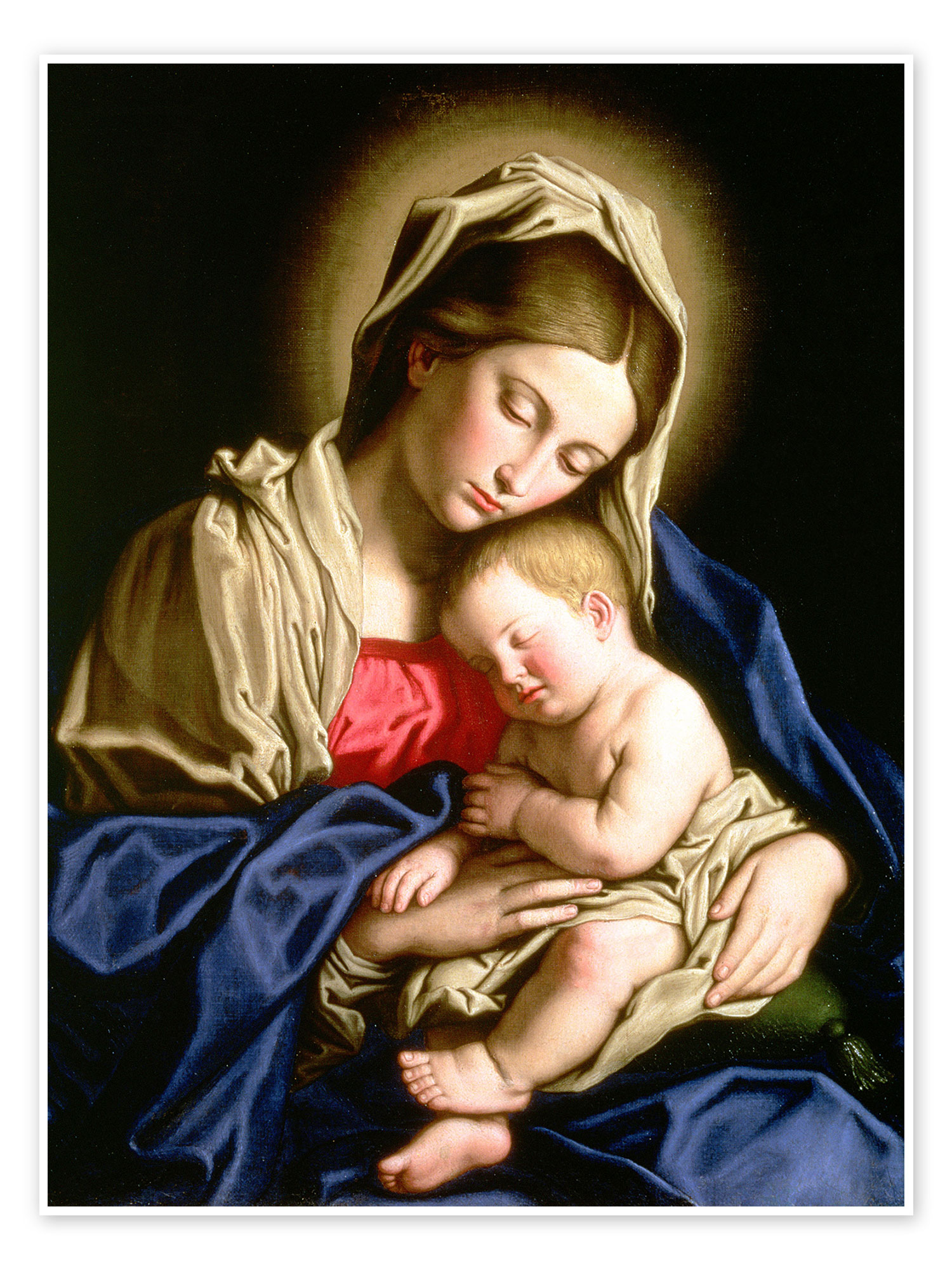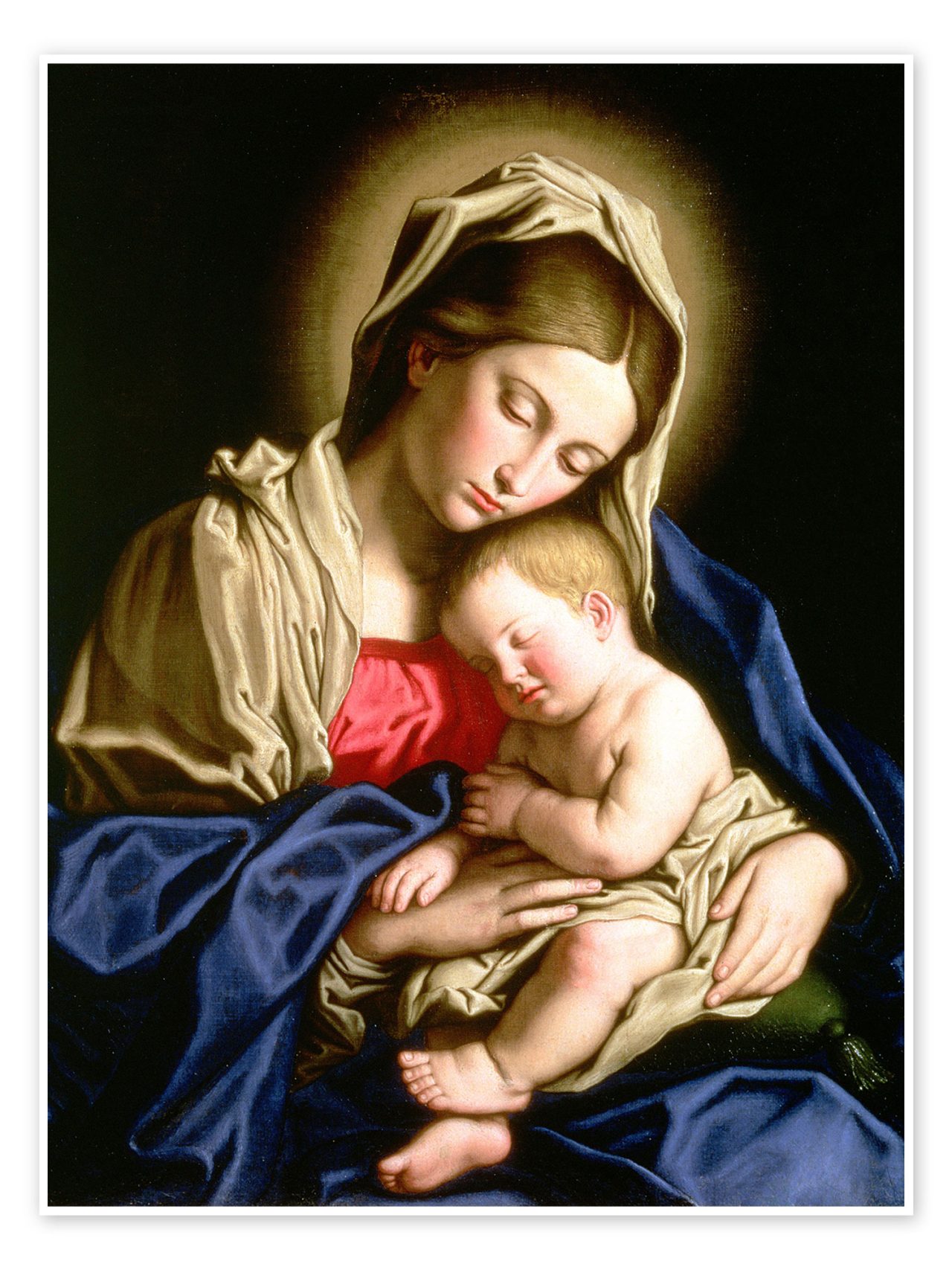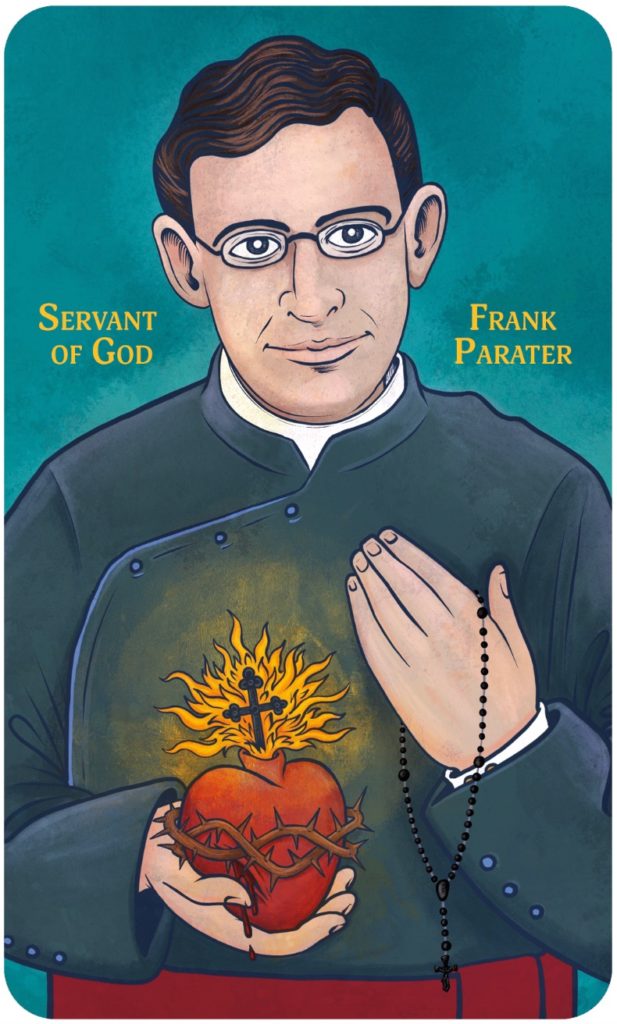
One of the more curious Christmas traditions is kissing under the mistletoe. How this came about is open to speculation. One chapter in its history is associated with Norwegian mythology. According to the story, the god Odin’s son, Baldur, was prophesied to die. His mother went to all the plants and animals of the natural world pleading with them not to harm her son. She neglected, unfortunately, the mistletoe which is not planted in the earth, but springs from a tree. The scheming god, Loki, took advantage of this fact and devised an arrow made of mistletoe and used it to kill the otherwise invincible Baldur.
The Norwegian myth parallels how Macbeth was put to death. It had been promised to him that he would not be killed by any man born of a woman. He had not counted on Macduff who was “from his mother’s womb was untimely plucked”. His demise came at the hand of his nemesis who had a caesarian delivery. In both cases, the fatal exception was overlooked.
Strange powers have often been associated with the mistletoe. In the Roman epic The Aeneid, the hero Aeneas uses a golden bough of mistletoe to enter the realm of the dead and speak to his father’s ghost. During the Roman era, enemies at war would reconcile their differences under the mistletoe, which, to them, represented peace.
How the practice of kissing under the mistletoe originated is unclear. Nevertheless, it persists despite the various and contradictory reactions it provokes. An English ballad reads as follows: “The mistletoe bound on the festive throng looks down, amid echoes of mirthful song and who is she that will not allow a kiss claimed under the mistletoe bough”. The beneficiary or complainant of the kiss, incidentally, is always female.
Christianity adopted the “kiss of peace” from its earliest times. It may have been encouraged and legitimized by St. Paul’s invitation to the Corinthians when he said, “Greet one another with a holy kiss” (1 Corinthians 16-20). Here, the “kiss” was better understood metaphorically as a warm or friendly welcome. St. Hippolytus, in the third century warned that “The baptized shall embrace one another, men with men and women with women. But let not men embrace women.”
Nothing is more ambiguous or has so many divergent applications than the “kiss”. Christ was betrayed by a kiss. Conversely, a kiss can be reduced to its purely innocent forms of a “peck” or a “smooch”. It finds it more lascivious form in Gustav Klimt’s controversial painting, “The Kiss”. For Leigh Hunt (1784-1859), it was a lasting treasure: “Say I’m weary, say I’m sad, Say that health and wealth have missed me, Say I’m growing old, but add, Jenny kiss’d me”. Jenny kiss’d me. Kris Kristofferson wrote the song, “Kiss the World Goodbye”. In Sam Dooley’s “As Time Goes By” we find the immortal words, “a kiss is just a kiss”. “Kiss me, Kate” originated in Shakespeare’s Taming of the Shrew and found its way into Cole Porter’s lyrics to the 1953 Broadway Play and the 1948 motion picture that shared the title, Kiss me, Kate. A kiss may be blown, thrown, stolen or sold, but it cannot be taken back. Even ideas can kiss each as G. K. Chesterton asserts when “righteousness and peace kiss each other”. A medical textbook defines a kiss as “the anatomical juxtaposition of two orbicularis oris muscles in a state of contraction” (Henry Gibbons, M. D.).
Karen Harvey has authored a book entitled, The Kiss in History (2005) in which she places the action of kissing into five categories: affection, love, peace, respect, and friendship. But there is one particular kiss of paramount importance that she fails to include.
When we recite the Hail Mary we offer her a greeting. We wonder how she greeted her child at the Nativity. The English poet, Christina Rossetti, has the most logical, appropriate, and convincing answer: “Angels and archangels may have gathered there”, she writes, “Cherubim and Seraphim thronged the air; but only his mother in her maiden bliss worshipped the Beloved with a kiss.”
Image: Madonna and Child by Sassoferato




